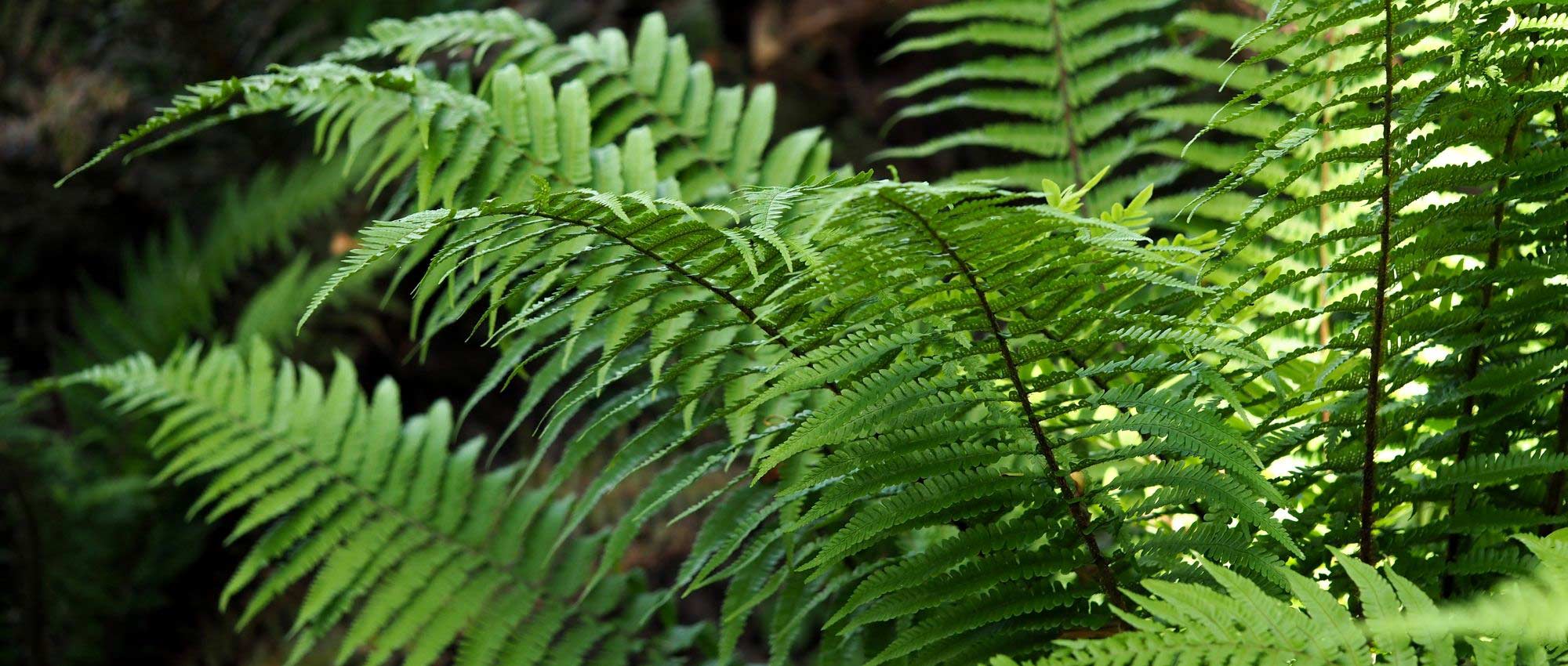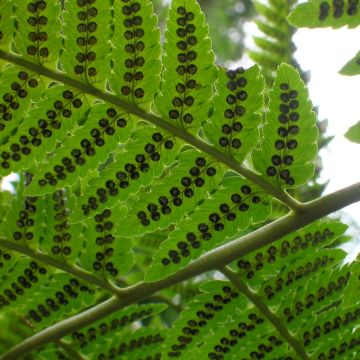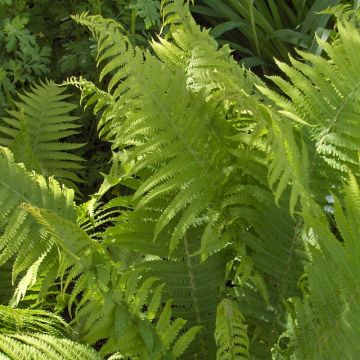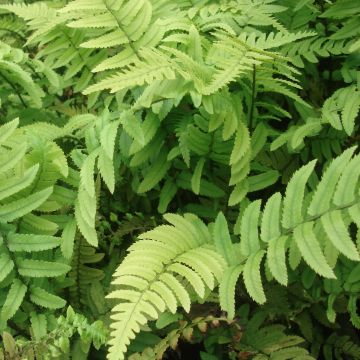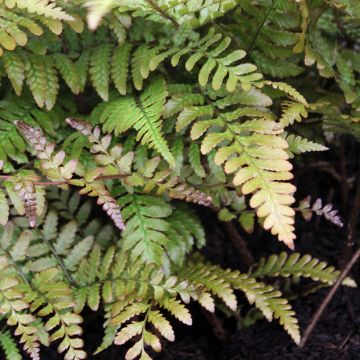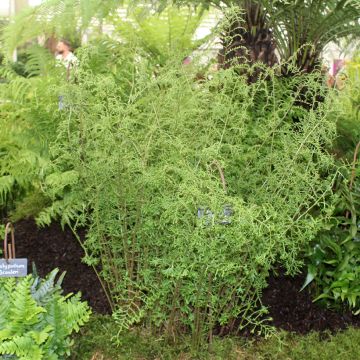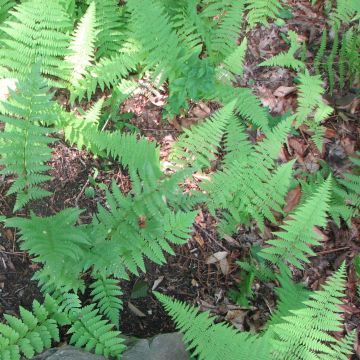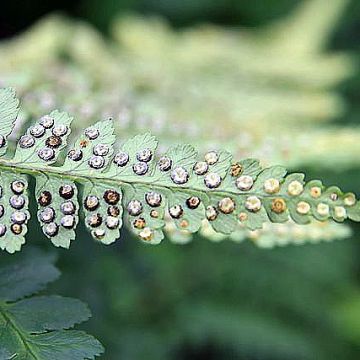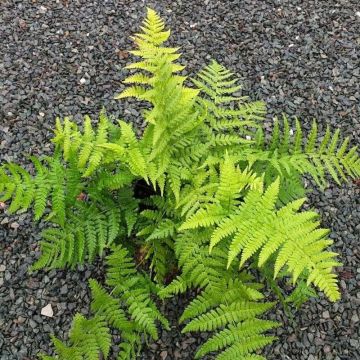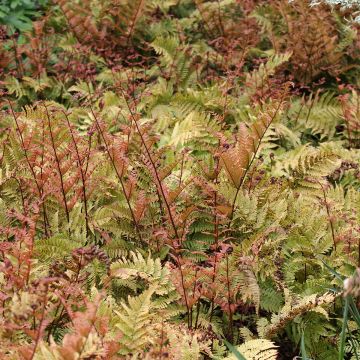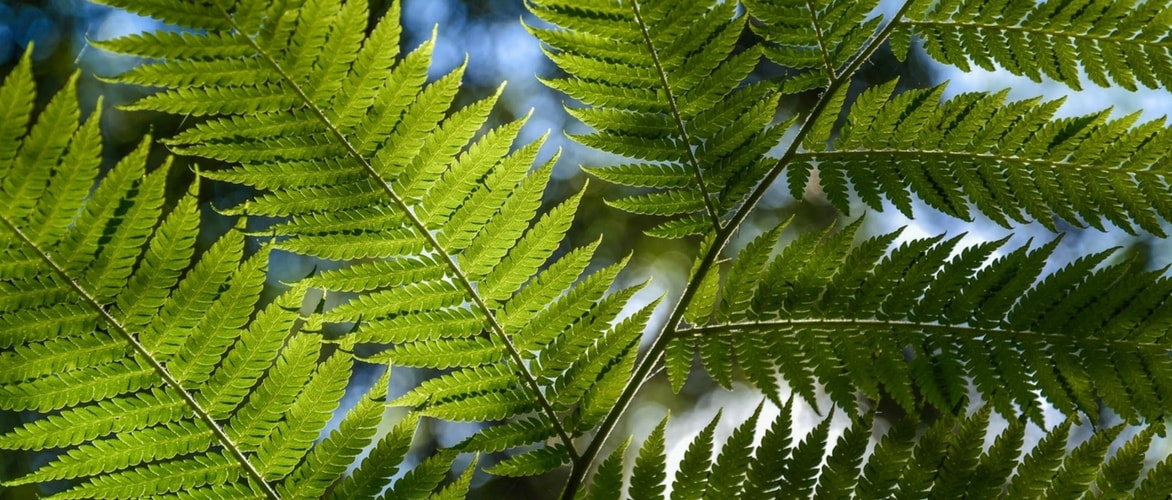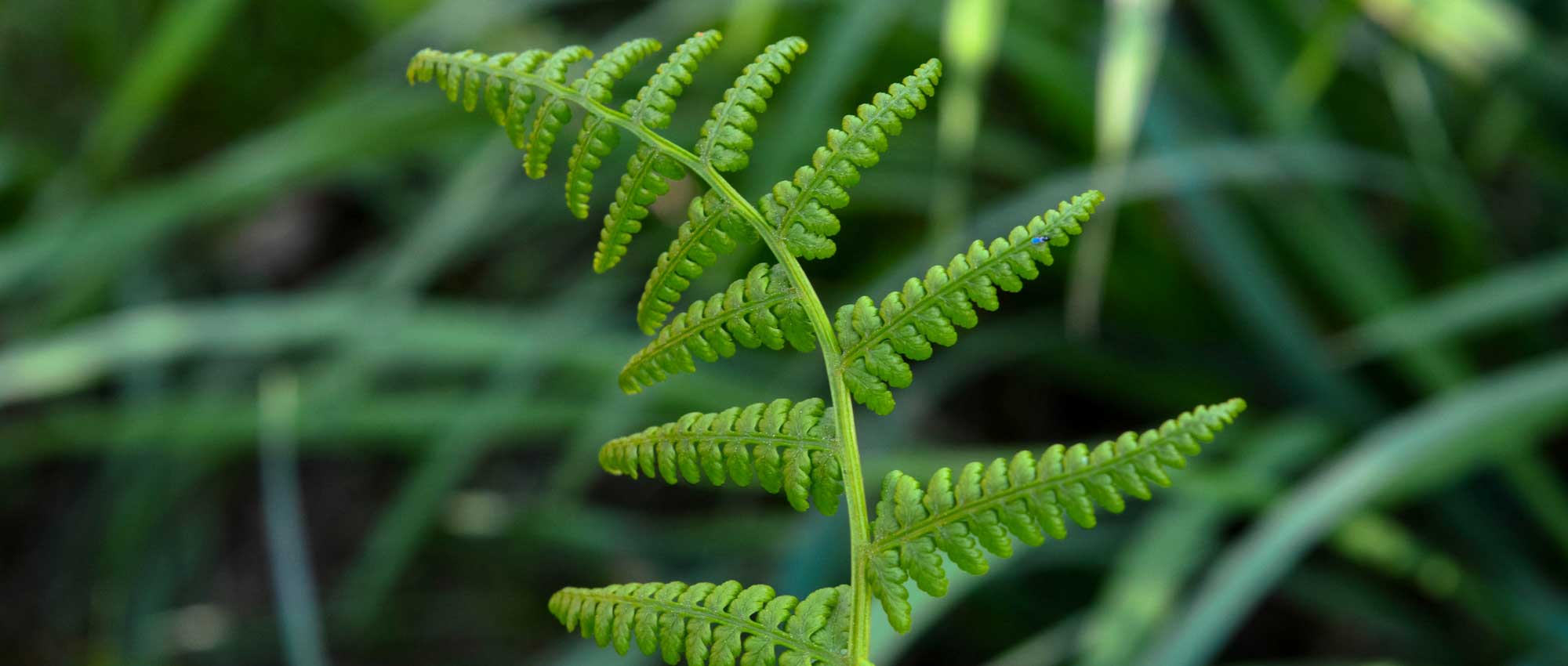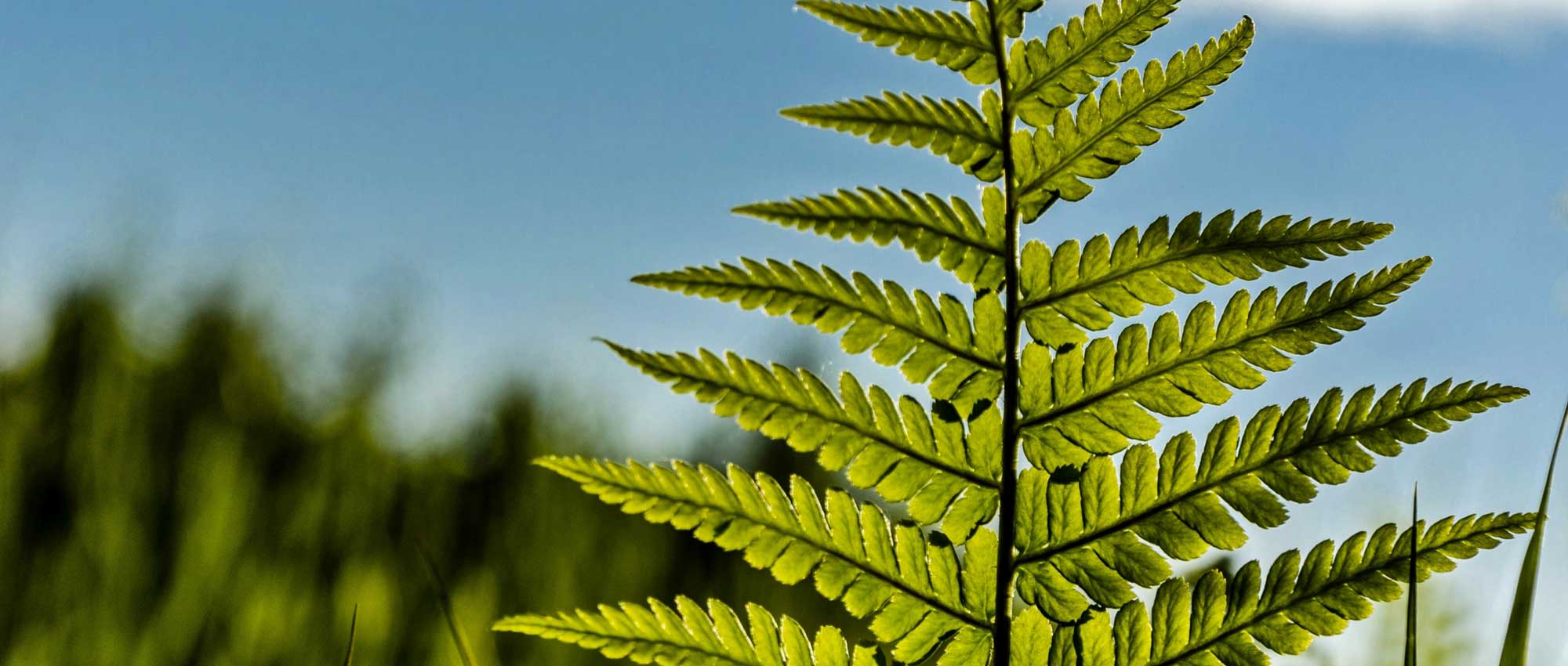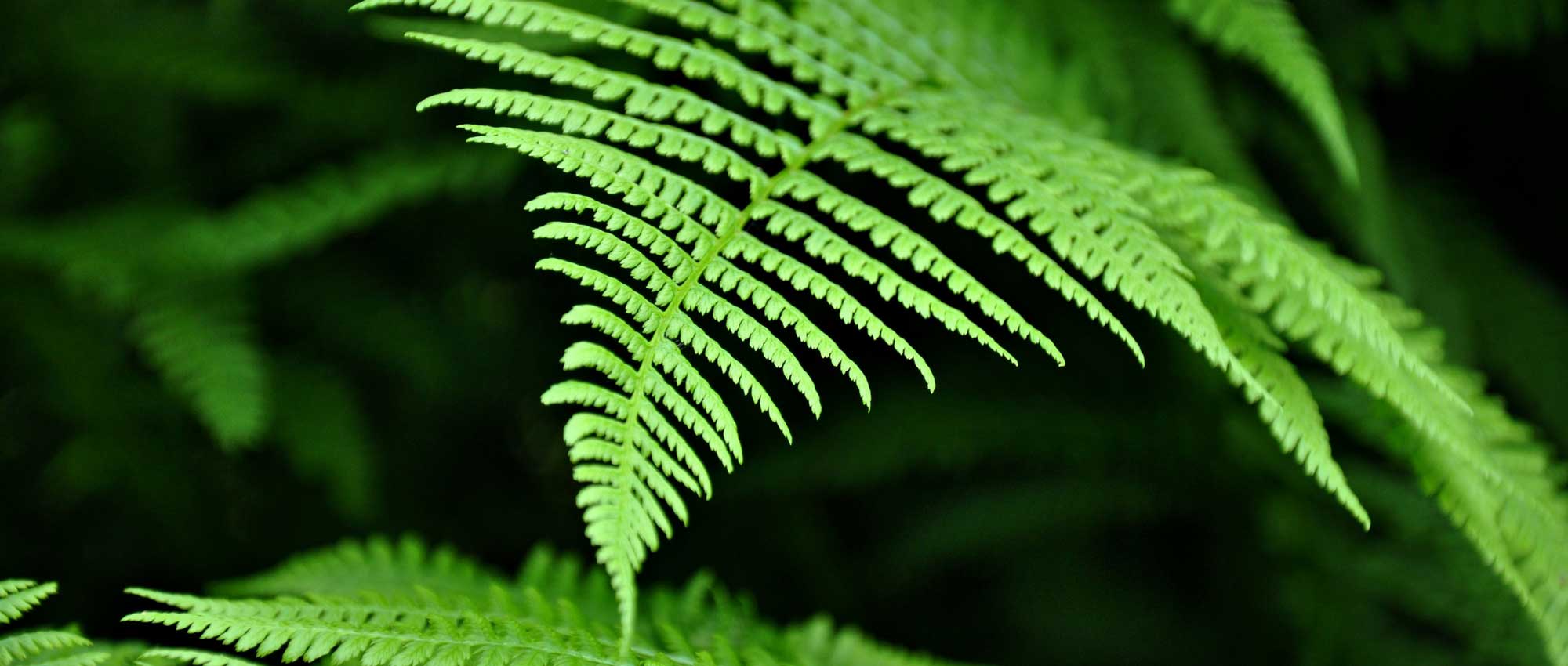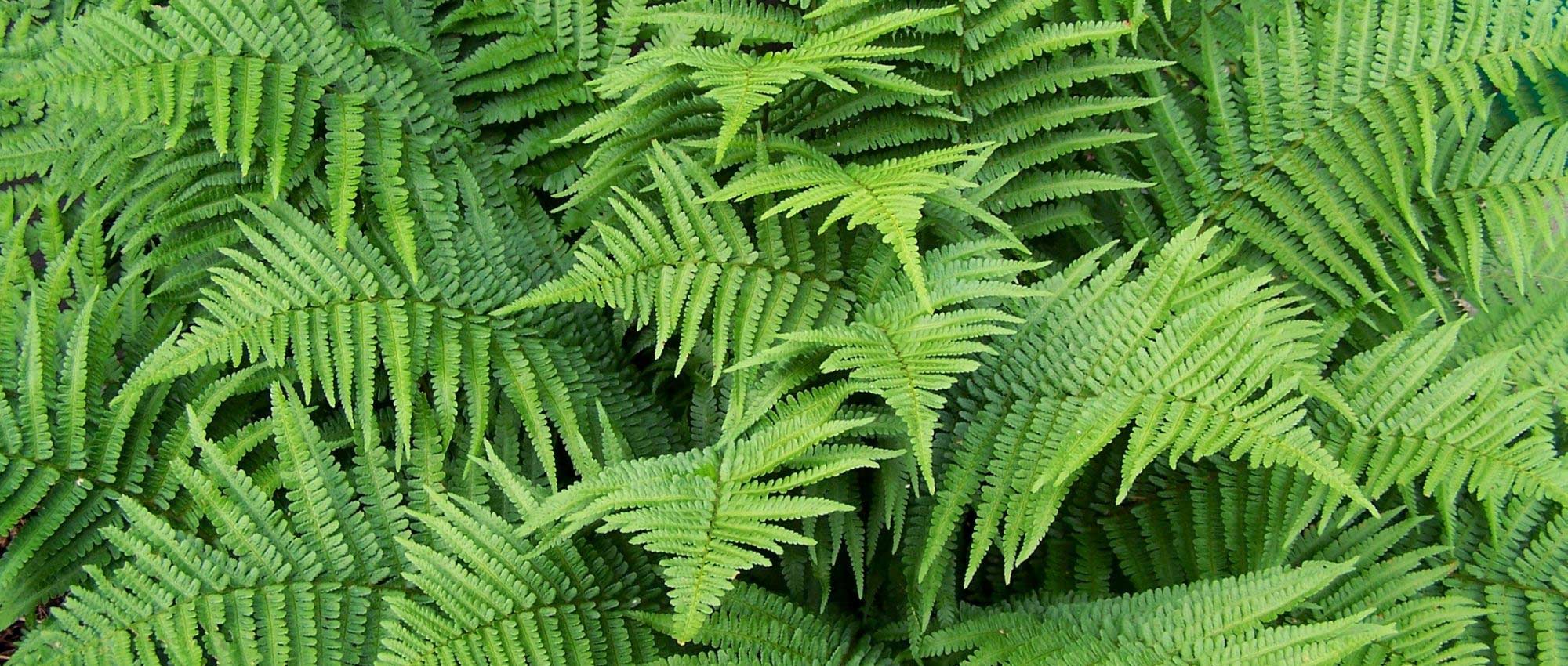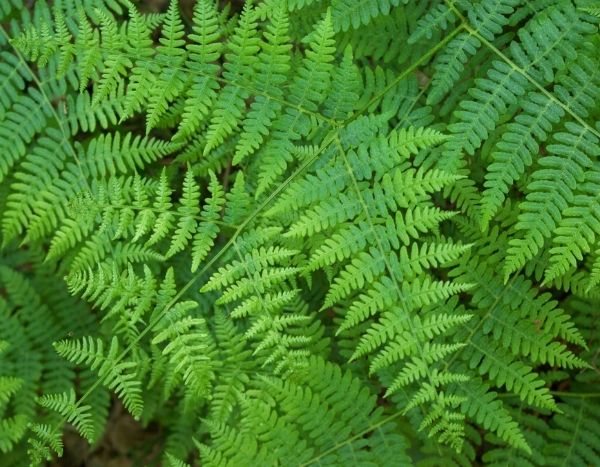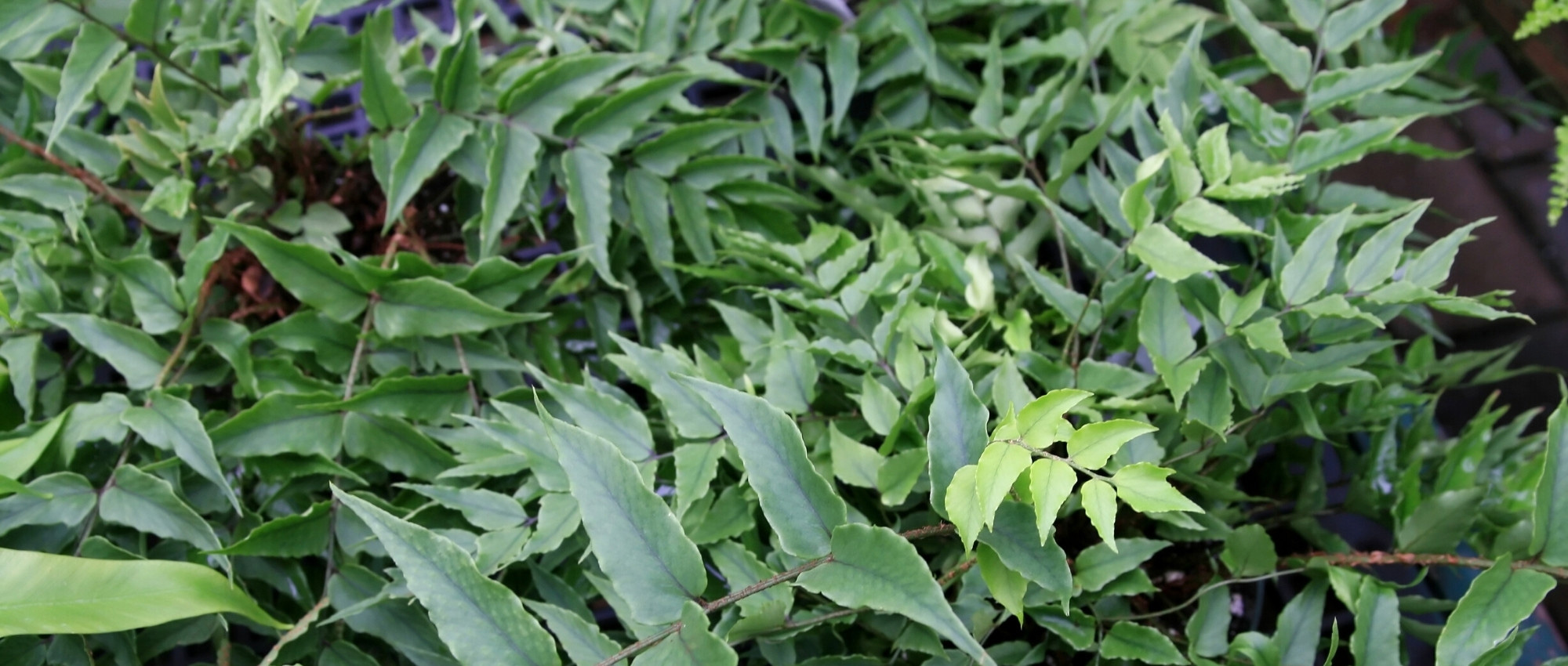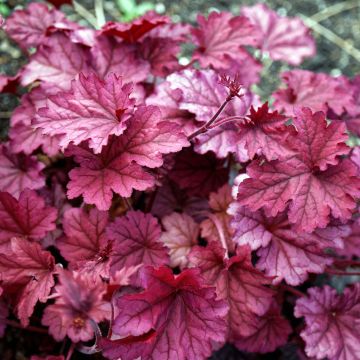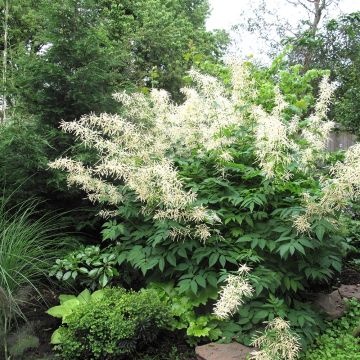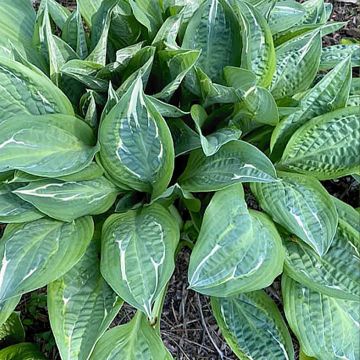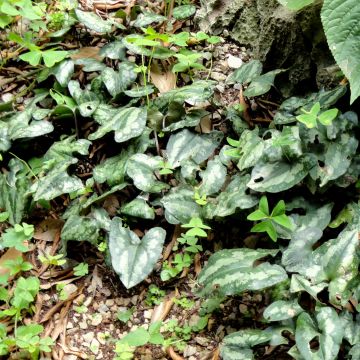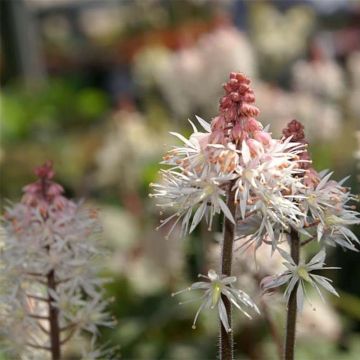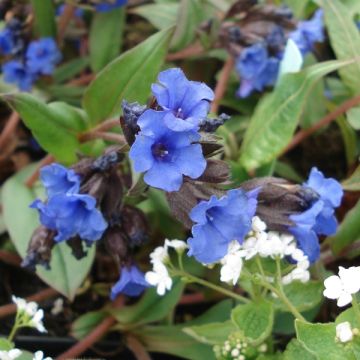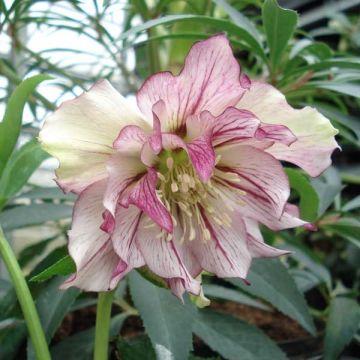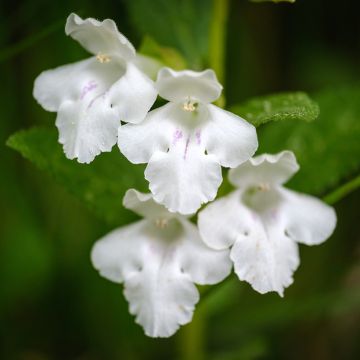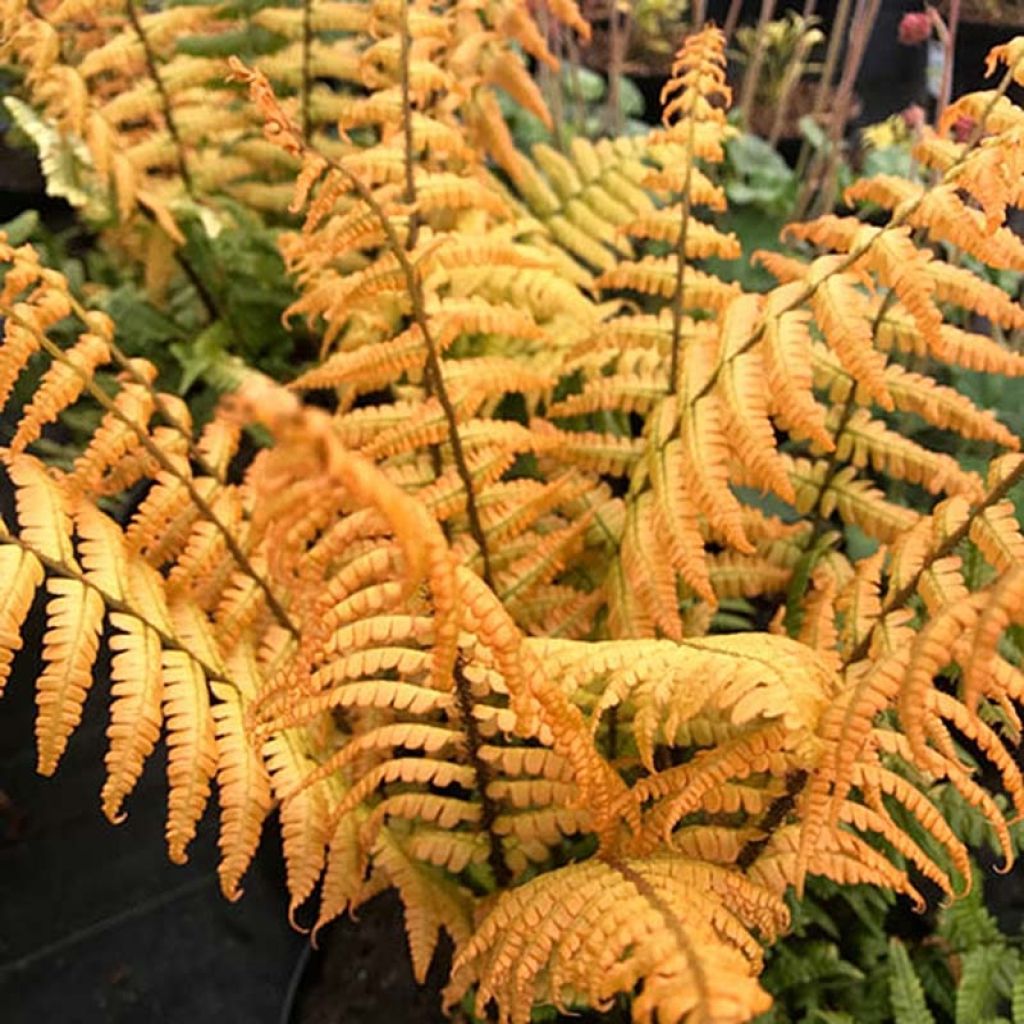

Dryopteris wallichiana Jurassic Gold - Fougère de Wallich cuivrée
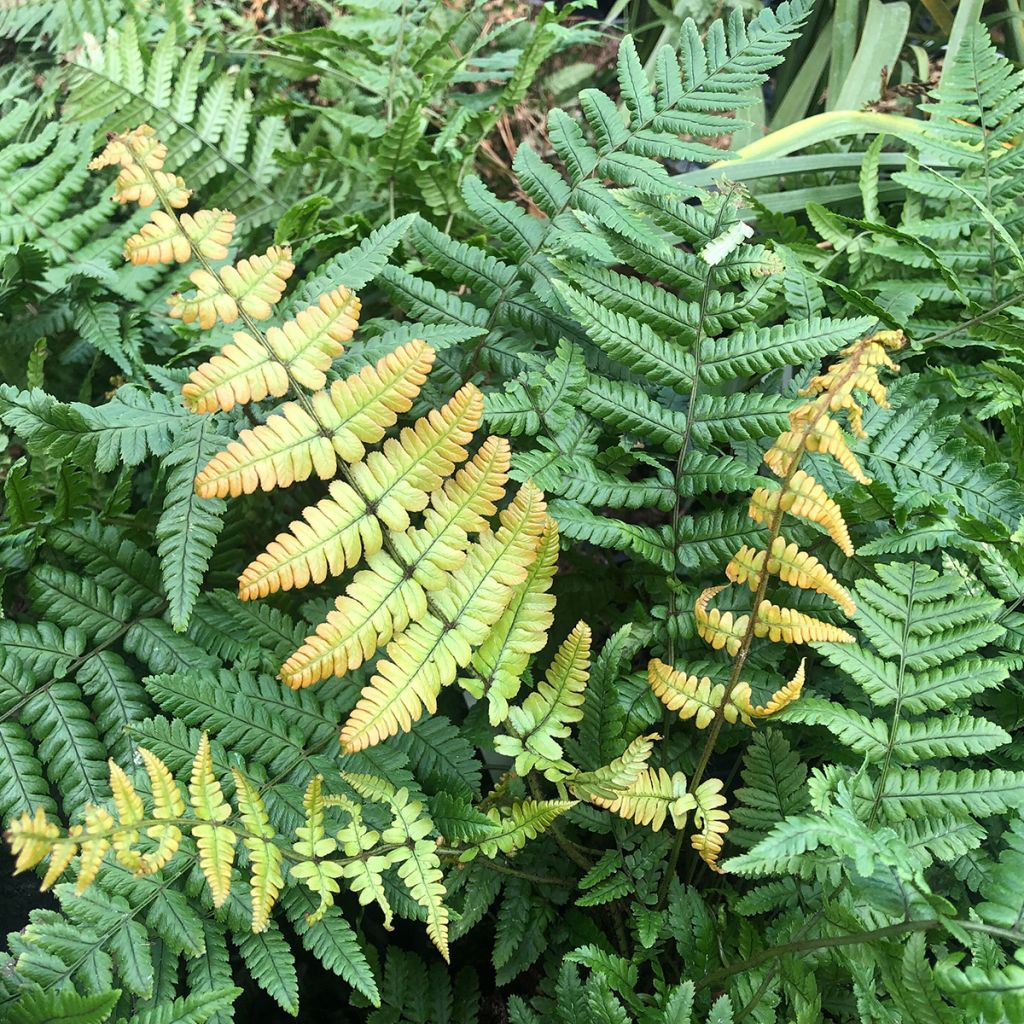

Dryopteris wallichiana Jurassic Gold - Fougère
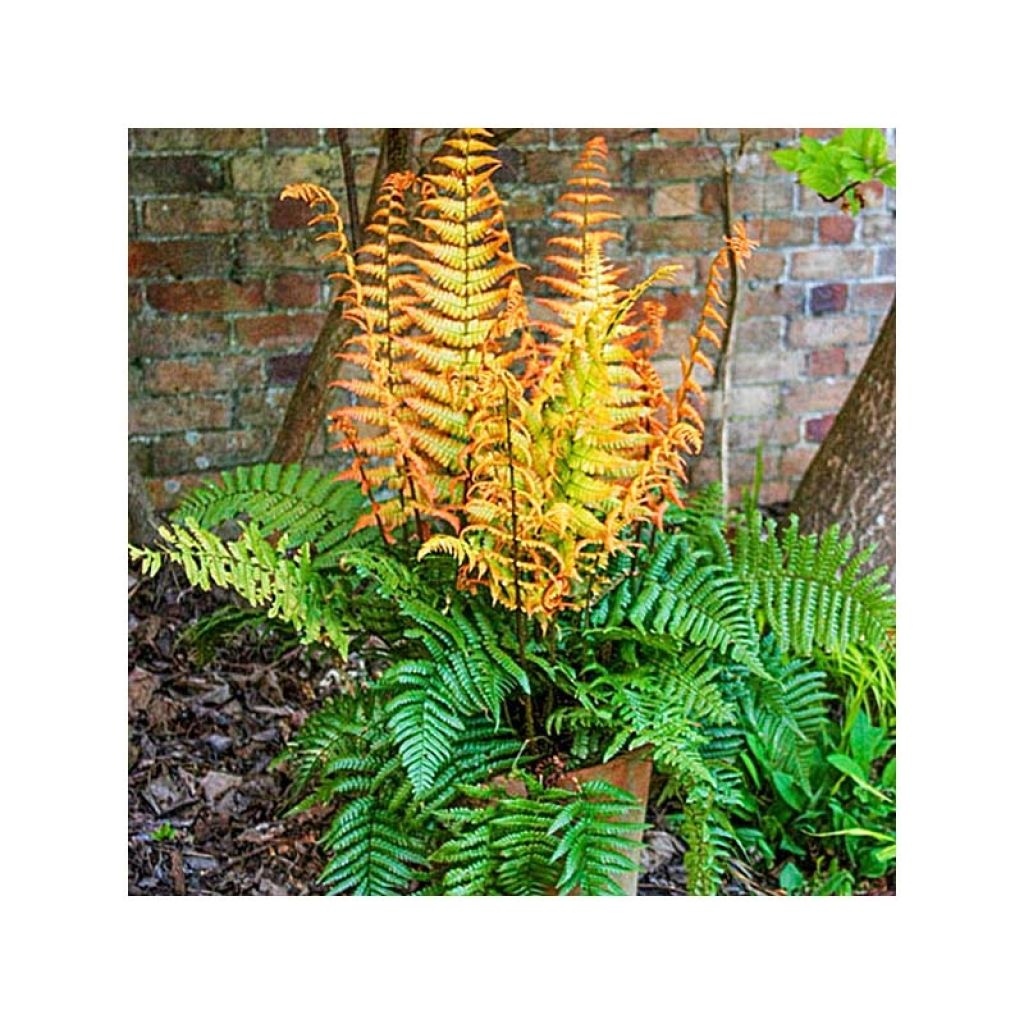

Dryopteris wallichiana Jurassic Gold - Fougère de Wallich cuivrée
View more pictures
Hide images

Al M.

Dryopteris Jurassic Gold
Al M.
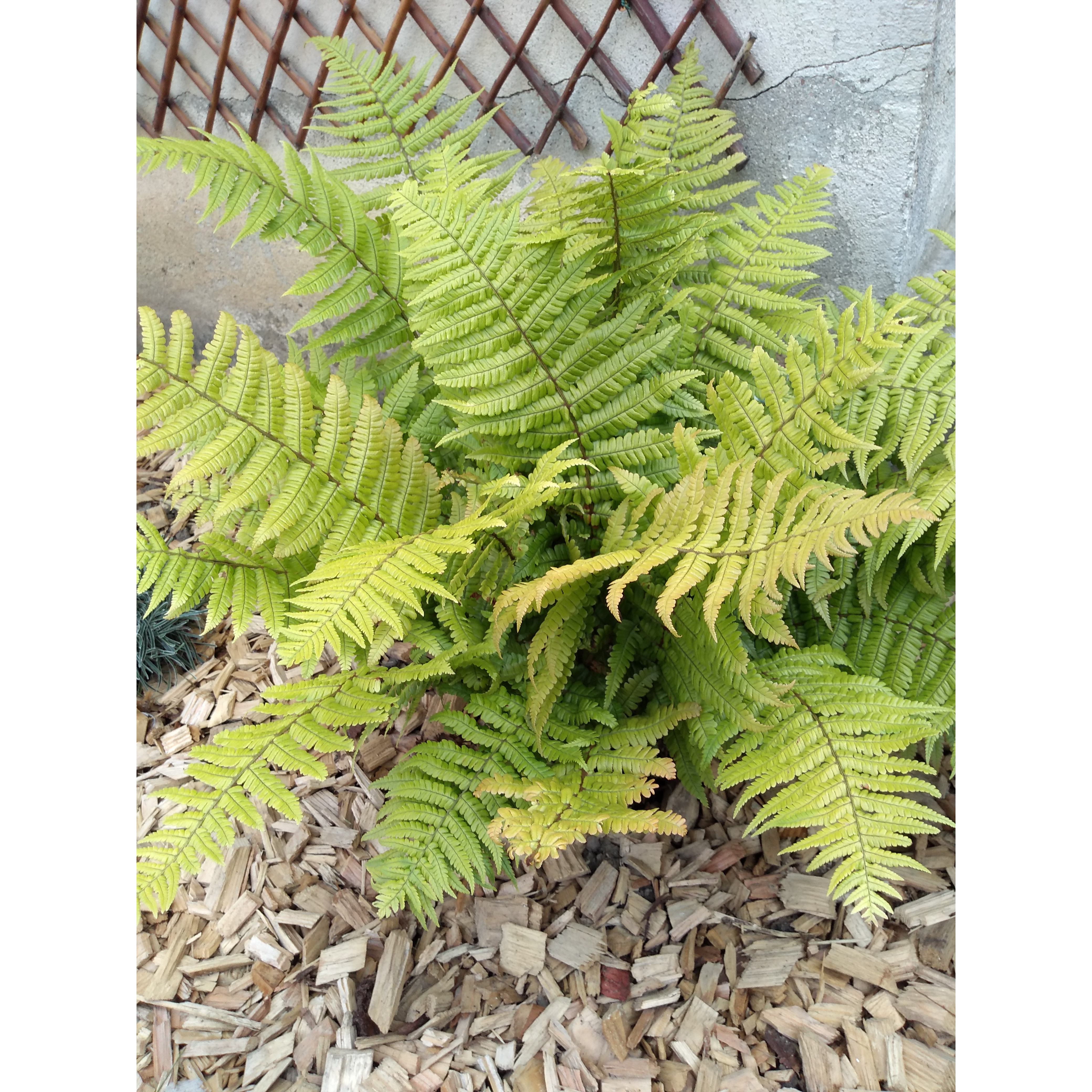
Al M.

I'm sorry, but there is no text provided in the customer review "Jurassic Gold 2". If there is any text associated with this review that needs to be translated into British English, please provide it so that I can assist you with the translation.
Al M.
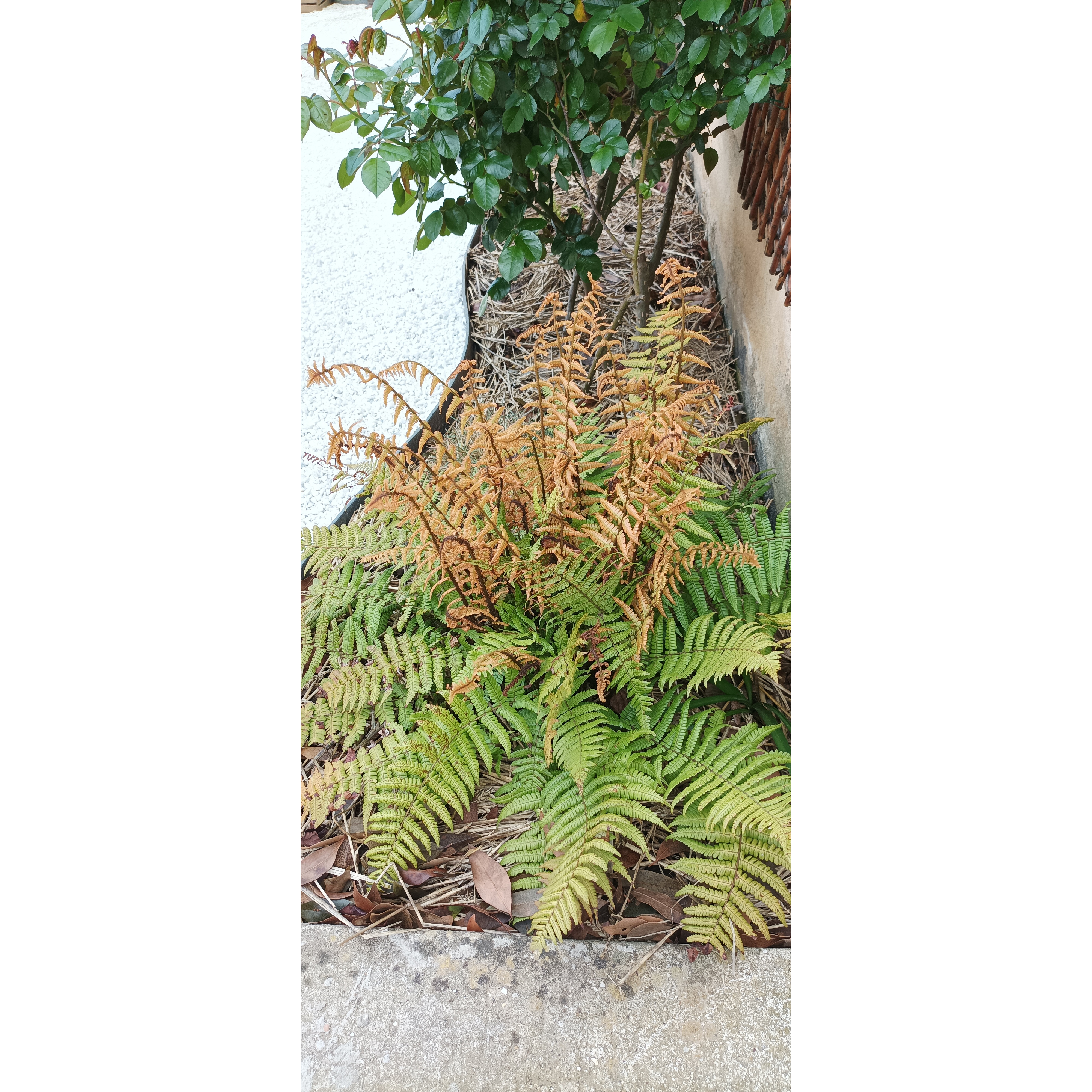
Al M.

Since the customer review "Jurassic Gold" does not contain any text to be translated, no action is required.
Al M.
Dryopteris wallichiana Jurassic Gold - Wood Fern
Dryopteris wallichiana Jurassic Gold
Wallich's Wood Fern, Alpine Wood Fern
beautiful fern
CHRISTINE, 20/03/2025
Special offer!
Receive a €20 voucher for any order over €90 (excluding delivery costs, credit notes, and plastic-free options)!
1- Add your favorite plants to your cart.
2- Once you have reached €90, confirm your order (you can even choose the delivery date!).
3- As soon as your order is shipped, you will receive an email containing your voucher code, valid for 3 months (90 days).
Your voucher is unique and can only be used once, for any order with a minimum value of €20, excluding delivery costs.
Can be combined with other current offers, non-divisible and non-refundable.
Home or relay delivery (depending on size and destination)
Schedule delivery date,
and select date in basket
This plant carries a 12 months recovery warranty
More information
We guarantee the quality of our plants for a full growing cycle, and will replace at our expense any plant that fails to recover under normal climatic and planting conditions.
Would this plant suit my garden?
Set up your Plantfit profile →
Description
Dryopteris wallichiana Jurassic Gold is a robust and highly ornamental fern, whose young fronds are initially coppery pink, then turn to a soft green. Semi-evergreen and very hardy, it brings a touch of exoticism to your borders or pots. Provide it with a rich, moist and well-drained soil, in shade or partial shade.
The Wallich's fern belongs to the Dryopteridaceae family, which includes numerous ornamental ferns such as our classic male fern (Dryopteris filix-mas), native, the Polystichums (Polystichum), or even the holly ferns (Cyrtomium). This species is found in mountain forests and edges in the Himalayan zone (which says a lot about its hardiness) but also from Mexico to the Andes, via Indonesia, at altitudes ranging from 1500 to 3500 metres (4921 to 11483 feet). In the wild type, the young fronds are bright green and grow very vertically, and the plant forms an erect and spreading tuft, majestic. The well-marked veins and the rachis (the central axis of the frond) covered with brownish scales are particularly aesthetic and elegant. Under good conditions, a well-established plant can reach 1 metre (3 feet) in height and 60cm (24in) in spread, or even more. In not too harsh climates, the fronds are semi-evergreen.
The Jurassic Gold variety has the particularity of having young fronds that are coppery orange, sometimes with a hint of pink, gradually turning to a beautiful soft green. The new fronds thus form a brightly colored crown above the older, darker fronds.
Dryopteris wallichiana Jurassic Gold is robust and, given its mountainous origins, extremely hardy (down to -25°C (1°F) for Himalayan strains). It appreciates a rich, moist to wet but well-drained soil (like most temperate zone ferns), acidic to slightly alkaline, in shade or partial shade. Once well-established, this fern is perfectly capable of enduring periods of drought, in not too hot climates, but it will thrive and reach large dimensions in a cool and nutrient-rich soil. It is also an excellent plant for containers, with its coppery young fronds brightening up a shady corner of a terrace with brilliance.
You can easily associate it with many other ferns that thrive in the same conditions: Dryopteris lepidopoda and Dryopteris erythrosora, two other species with coppery young fronds for a subtly nuanced effect for several weeks, as well as Athyrium filx-femina, Polystichum munitum, Cyrtomium fortunei... Similarly, many perennials or grasses with a slightly "exotic" look will complement this tableau with joy: Kirengeshoma palmata, Hakonechloa macra, or even the rare shade sage Salvia omeiana.
Dryopteris wallichiana Jurassic Gold - Wood Fern in pictures
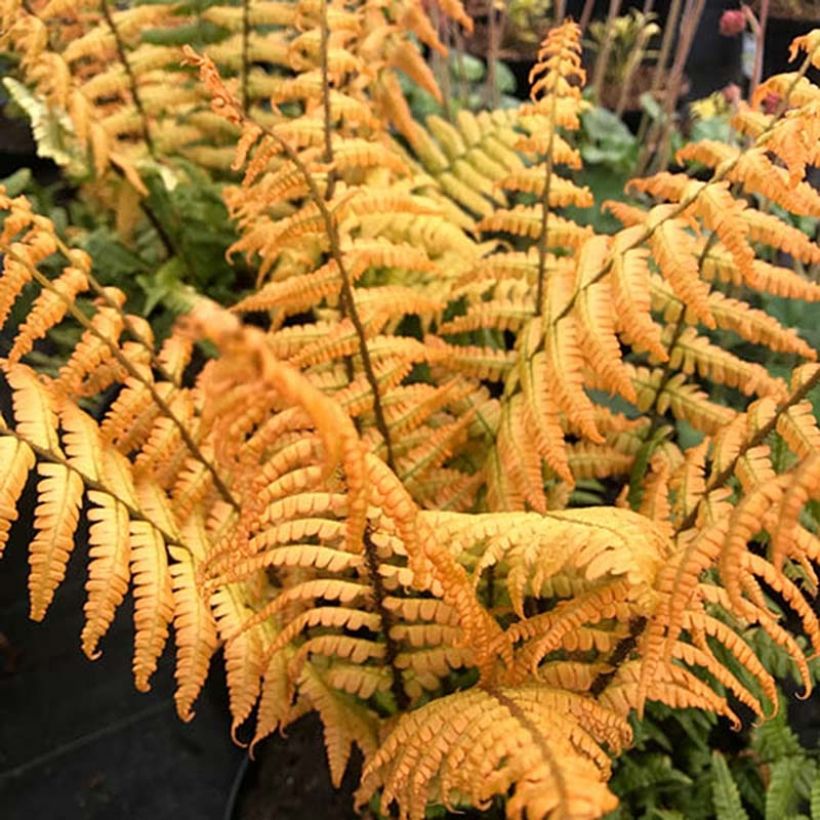

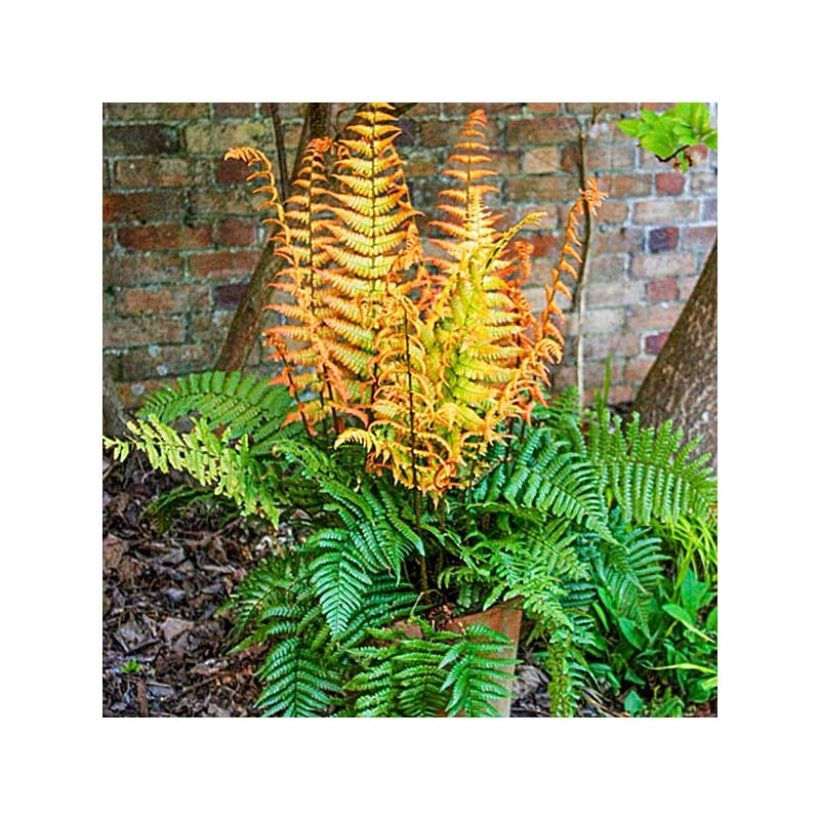

Foliage
Plant habit
Botanical data
Dryopteris
wallichiana
Jurassic Gold
Dryopteridaceae
Wallich's Wood Fern, Alpine Wood Fern
East Asia
Other Dryopteris
View all →Planting and care
Dryopteris wallichiana is a fern that is quite easy to grow in any moist and well-drained soil, but it is especially spectacular in a rich and deep, humus-bearing soil. Like many ferns, it appreciates dappled sunlight, partial shade, or even full shade. It will particularly thrive directly beneath a gutterless roof, facing east or north. Each spring, remove the browned and withered fronds.
Planting period
Intended location
Care
Planting & care advice
-
, onOrder confirmed
Reply from on Promesse de fleurs
Similar products
Haven't found what you were looking for?
Hardiness is the lowest winter temperature a plant can endure without suffering serious damage or even dying. However, hardiness is affected by location (a sheltered area, such as a patio), protection (winter cover) and soil type (hardiness is improved by well-drained soil).

Photo Sharing Terms & Conditions
In order to encourage gardeners to interact and share their experiences, Promesse de fleurs offers various media enabling content to be uploaded onto its Site - in particular via the ‘Photo sharing’ module.
The User agrees to refrain from:
- Posting any content that is illegal, prejudicial, insulting, racist, inciteful to hatred, revisionist, contrary to public decency, that infringes on privacy or on the privacy rights of third parties, in particular the publicity rights of persons and goods, intellectual property rights, or the right to privacy.
- Submitting content on behalf of a third party;
- Impersonate the identity of a third party and/or publish any personal information about a third party;
In general, the User undertakes to refrain from any unethical behaviour.
All Content (in particular text, comments, files, images, photos, videos, creative works, etc.), which may be subject to property or intellectual property rights, image or other private rights, shall remain the property of the User, subject to the limited rights granted by the terms of the licence granted by Promesse de fleurs as stated below. Users are at liberty to publish or not to publish such Content on the Site, notably via the ‘Photo Sharing’ facility, and accept that this Content shall be made public and freely accessible, notably on the Internet.
Users further acknowledge, undertake to have ,and guarantee that they hold all necessary rights and permissions to publish such material on the Site, in particular with regard to the legislation in force pertaining to any privacy, property, intellectual property, image, or contractual rights, or rights of any other nature. By publishing such Content on the Site, Users acknowledge accepting full liability as publishers of the Content within the meaning of the law, and grant Promesse de fleurs, free of charge, an inclusive, worldwide licence for the said Content for the entire duration of its publication, including all reproduction, representation, up/downloading, displaying, performing, transmission, and storage rights.
Users also grant permission for their name to be linked to the Content and accept that this link may not always be made available.
By engaging in posting material, Users consent to their Content becoming automatically accessible on the Internet, in particular on other sites and/or blogs and/or web pages of the Promesse de fleurs site, including in particular social pages and the Promesse de fleurs catalogue.
Users may secure the removal of entrusted content free of charge by issuing a simple request via our contact form.
The flowering period indicated on our website applies to countries and regions located in USDA zone 8 (France, the United Kingdom, Ireland, the Netherlands, etc.)
It will vary according to where you live:
- In zones 9 to 10 (Italy, Spain, Greece, etc.), flowering will occur about 2 to 4 weeks earlier.
- In zones 6 to 7 (Germany, Poland, Slovenia, and lower mountainous regions), flowering will be delayed by 2 to 3 weeks.
- In zone 5 (Central Europe, Scandinavia), blooming will be delayed by 3 to 5 weeks.
In temperate climates, pruning of spring-flowering shrubs (forsythia, spireas, etc.) should be done just after flowering.
Pruning of summer-flowering shrubs (Indian Lilac, Perovskia, etc.) can be done in winter or spring.
In cold regions as well as with frost-sensitive plants, avoid pruning too early when severe frosts may still occur.
The planting period indicated on our website applies to countries and regions located in USDA zone 8 (France, United Kingdom, Ireland, Netherlands).
It will vary according to where you live:
- In Mediterranean zones (Marseille, Madrid, Milan, etc.), autumn and winter are the best planting periods.
- In continental zones (Strasbourg, Munich, Vienna, etc.), delay planting by 2 to 3 weeks in spring and bring it forward by 2 to 4 weeks in autumn.
- In mountainous regions (the Alps, Pyrenees, Carpathians, etc.), it is best to plant in late spring (May-June) or late summer (August-September).
The harvesting period indicated on our website applies to countries and regions in USDA zone 8 (France, England, Ireland, the Netherlands).
In colder areas (Scandinavia, Poland, Austria...) fruit and vegetable harvests are likely to be delayed by 3-4 weeks.
In warmer areas (Italy, Spain, Greece, etc.), harvesting will probably take place earlier, depending on weather conditions.
The sowing periods indicated on our website apply to countries and regions within USDA Zone 8 (France, UK, Ireland, Netherlands).
In colder areas (Scandinavia, Poland, Austria...), delay any outdoor sowing by 3-4 weeks, or sow under glass.
In warmer climes (Italy, Spain, Greece, etc.), bring outdoor sowing forward by a few weeks.






























